Advancements in Imaging Technologies
The vascular embolization market is being propelled by advancements in imaging technologies that enhance the precision and effectiveness of embolization procedures. Innovations such as 3D imaging and real-time fluoroscopy are enabling clinicians to perform these procedures with greater accuracy, thereby improving patient outcomes. In the UK, the integration of these technologies into clinical practice is becoming increasingly common, as hospitals seek to adopt state-of-the-art equipment. This trend not only boosts the efficacy of vascular embolization but also encourages more healthcare professionals to consider these procedures as first-line treatment options. As a result, the market is likely to witness sustained growth, driven by the continuous evolution of imaging capabilities.
Investment in Healthcare Infrastructure
Investment in healthcare infrastructure in the UK is playing a pivotal role in the growth of the vascular embolization market. The government and private sector are increasingly allocating funds to enhance medical facilities and technologies, which directly impacts the availability and quality of vascular treatments. Recent reports indicate that healthcare spending in the UK is projected to increase by approximately 5% annually, with a significant portion directed towards advanced medical technologies. This investment is likely to facilitate the adoption of innovative embolization techniques and improve access to these procedures for patients. As healthcare infrastructure continues to evolve, the vascular embolization market is expected to expand, driven by improved service delivery and patient care.
Aging Population and Associated Health Issues
The demographic shift towards an aging population in the UK is significantly impacting the vascular embolization market. As individuals age, the prevalence of vascular diseases tends to increase, leading to a higher demand for effective treatment options. According to recent statistics, nearly 18% of the UK population is aged 65 and over, a figure that is expected to rise. This demographic trend suggests a growing need for vascular interventions, including embolization procedures, to manage conditions such as aneurysms and arteriovenous malformations. Consequently, healthcare providers are likely to focus more on vascular embolization as a viable treatment option, thereby driving market growth in the coming years.
Rising Awareness and Education on Vascular Health
There is a growing awareness and education regarding vascular health among the UK population, which is positively influencing the vascular embolization market. Public health campaigns and educational initiatives are increasingly informing individuals about the risks associated with vascular diseases and the available treatment options. This heightened awareness is leading to earlier diagnosis and intervention, which is crucial for conditions that may require embolization. As patients become more informed, they are more likely to seek out vascular embolization as a treatment option, thereby driving demand. The vascular embolization market is expected to benefit from this trend, as healthcare providers respond to the increasing inquiries and needs of patients seeking effective vascular care.
Increasing Demand for Minimally Invasive Procedures
The vascular embolization market is experiencing a notable surge in demand for minimally invasive procedures. This trend is largely driven by the growing preference among patients and healthcare providers for techniques that reduce recovery time and hospital stays. In the UK, the National Health Service (NHS) has been actively promoting such procedures, which are perceived to enhance patient outcomes. The market for vascular embolization is projected to grow at a CAGR of approximately 8% over the next few years, reflecting the increasing adoption of these techniques. As more healthcare facilities invest in advanced technologies, the vascular embolization market is likely to expand, catering to the rising expectations of both patients and clinicians for effective and less invasive treatment options.


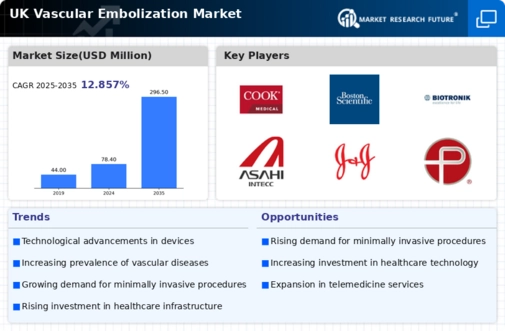
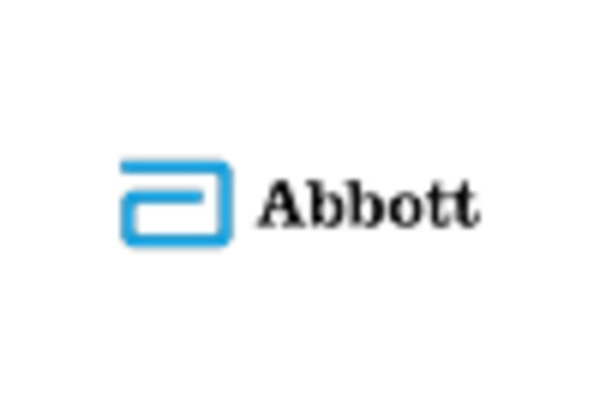
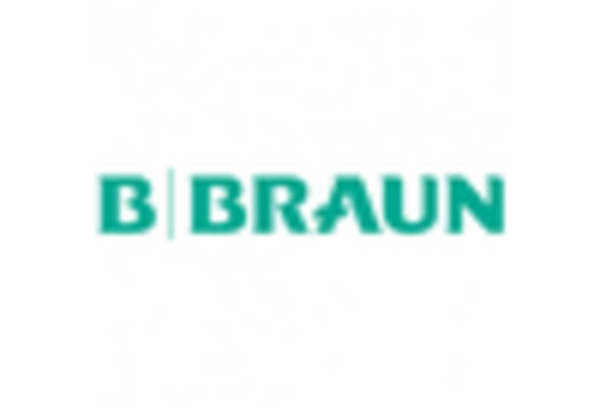

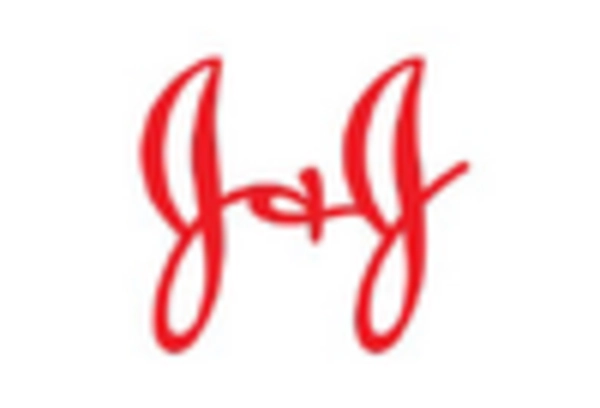

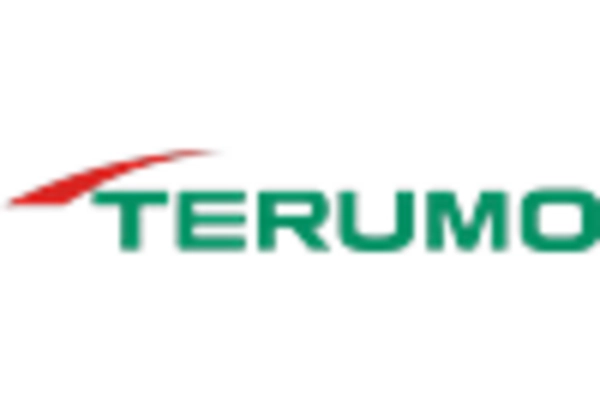








Leave a Comment